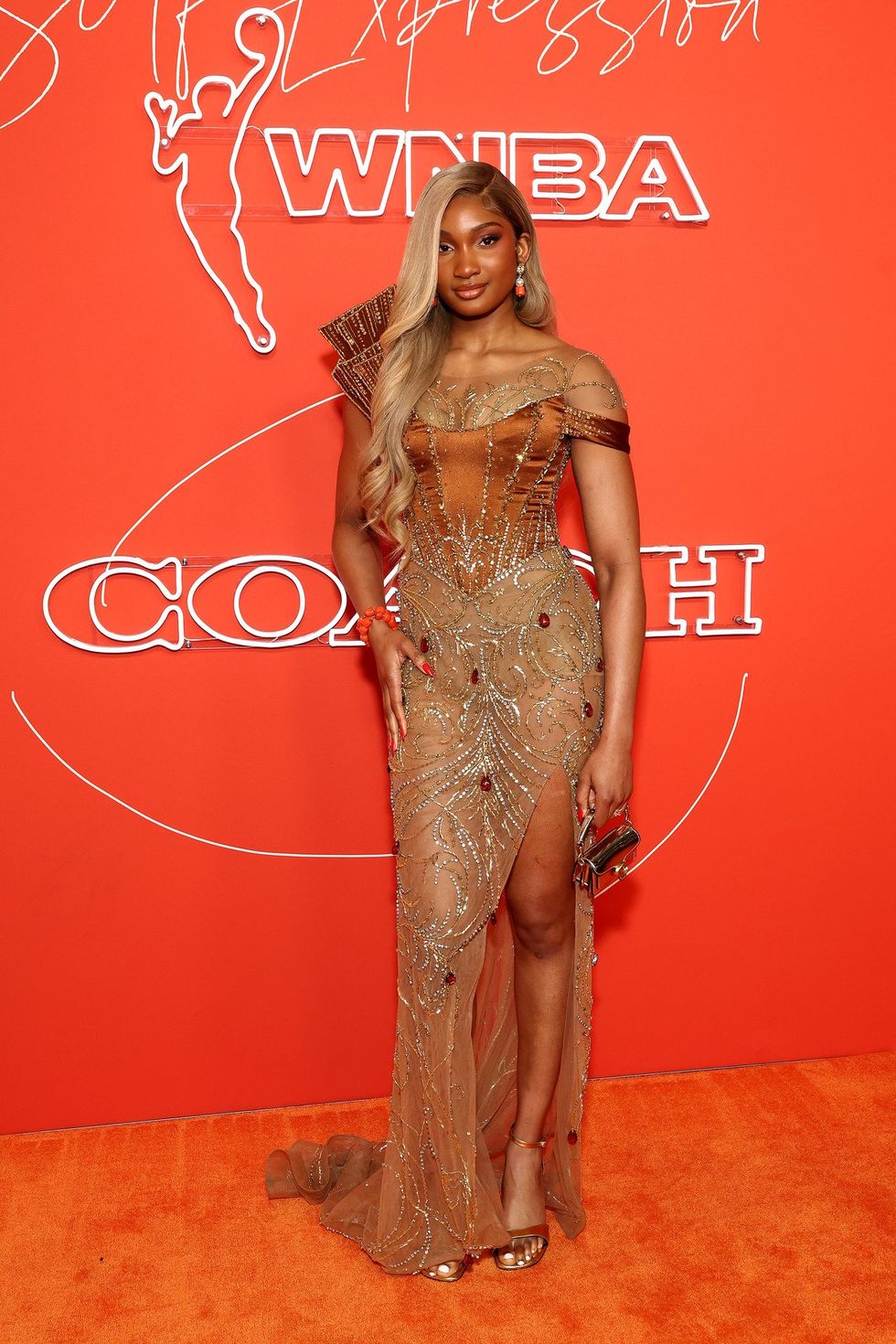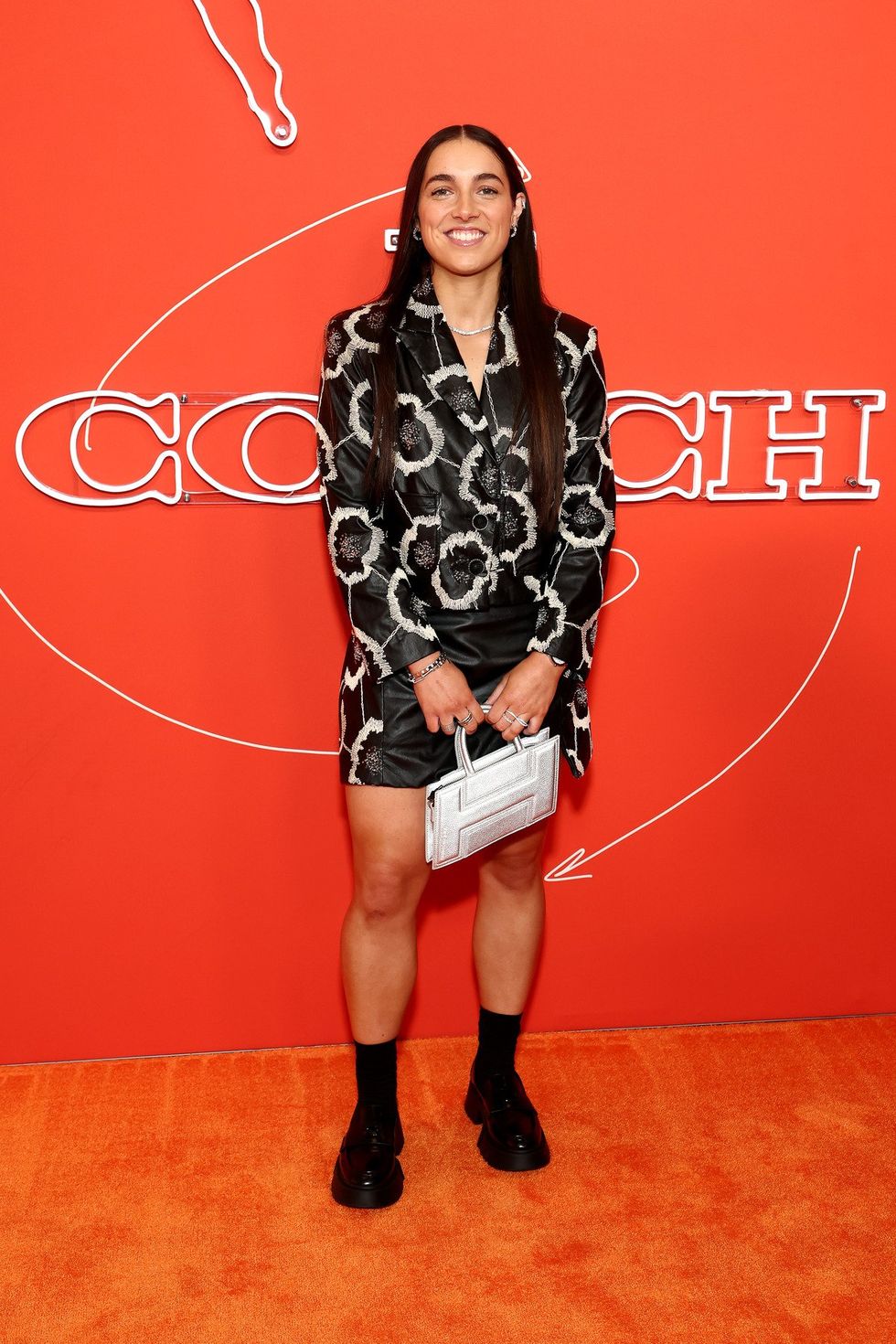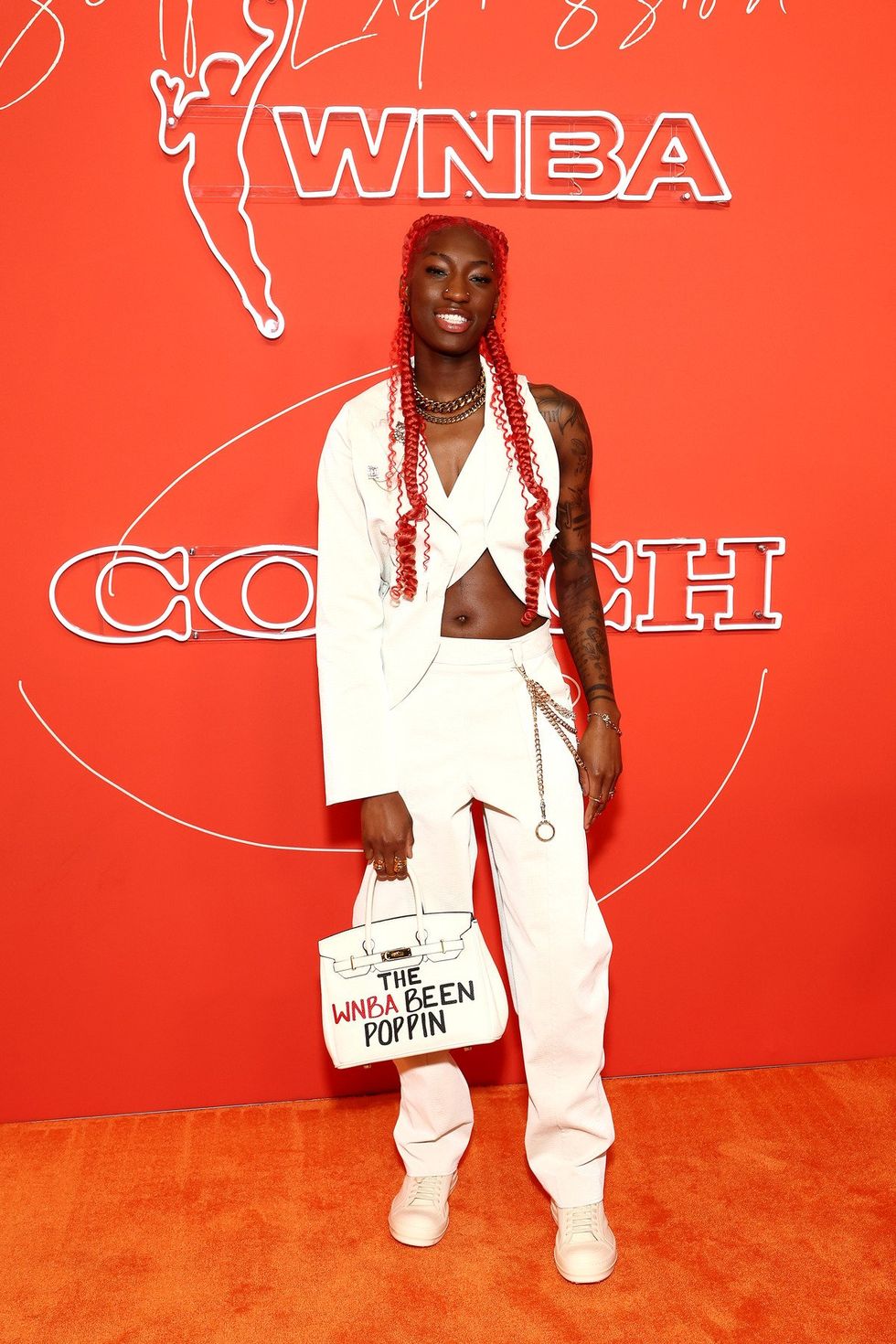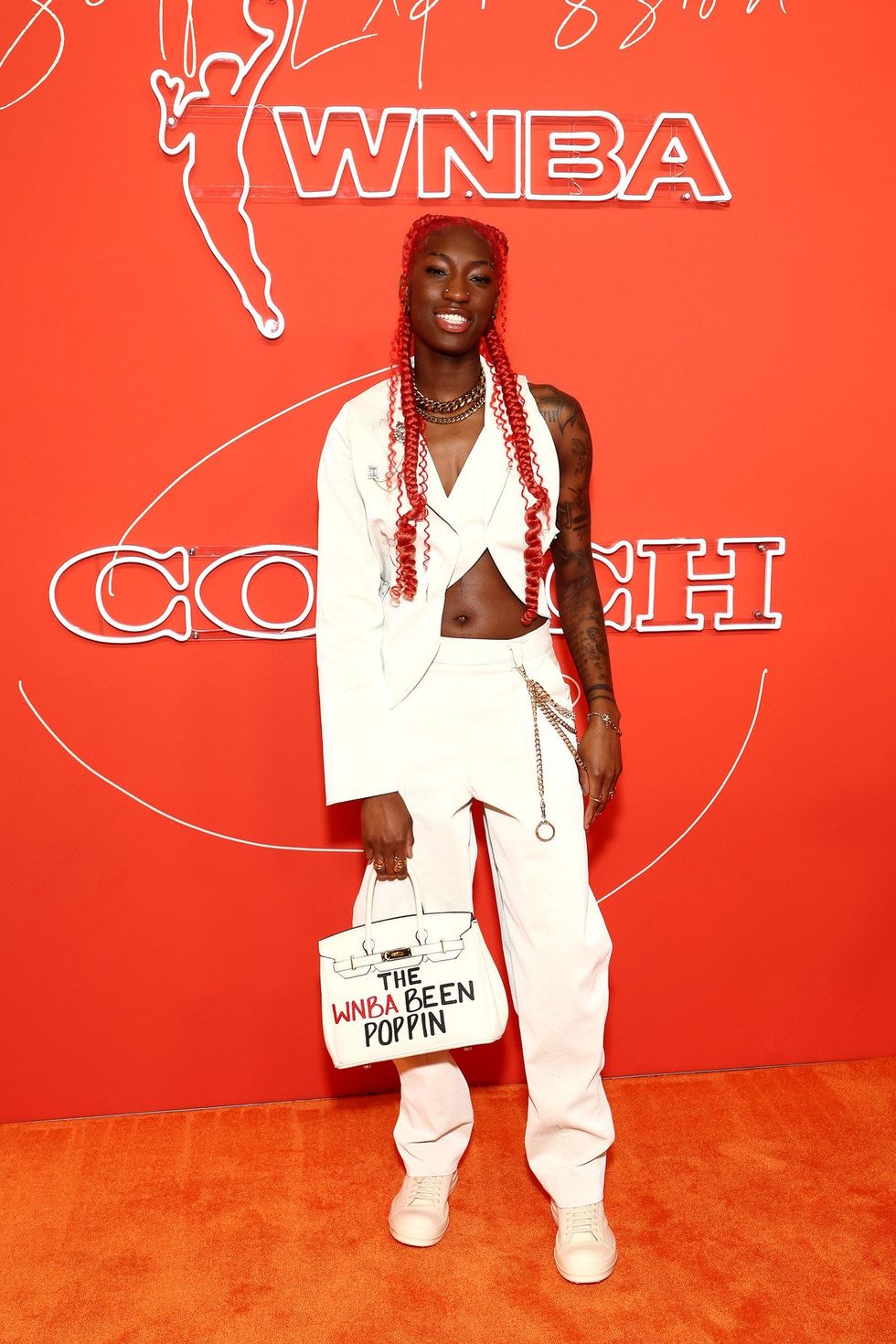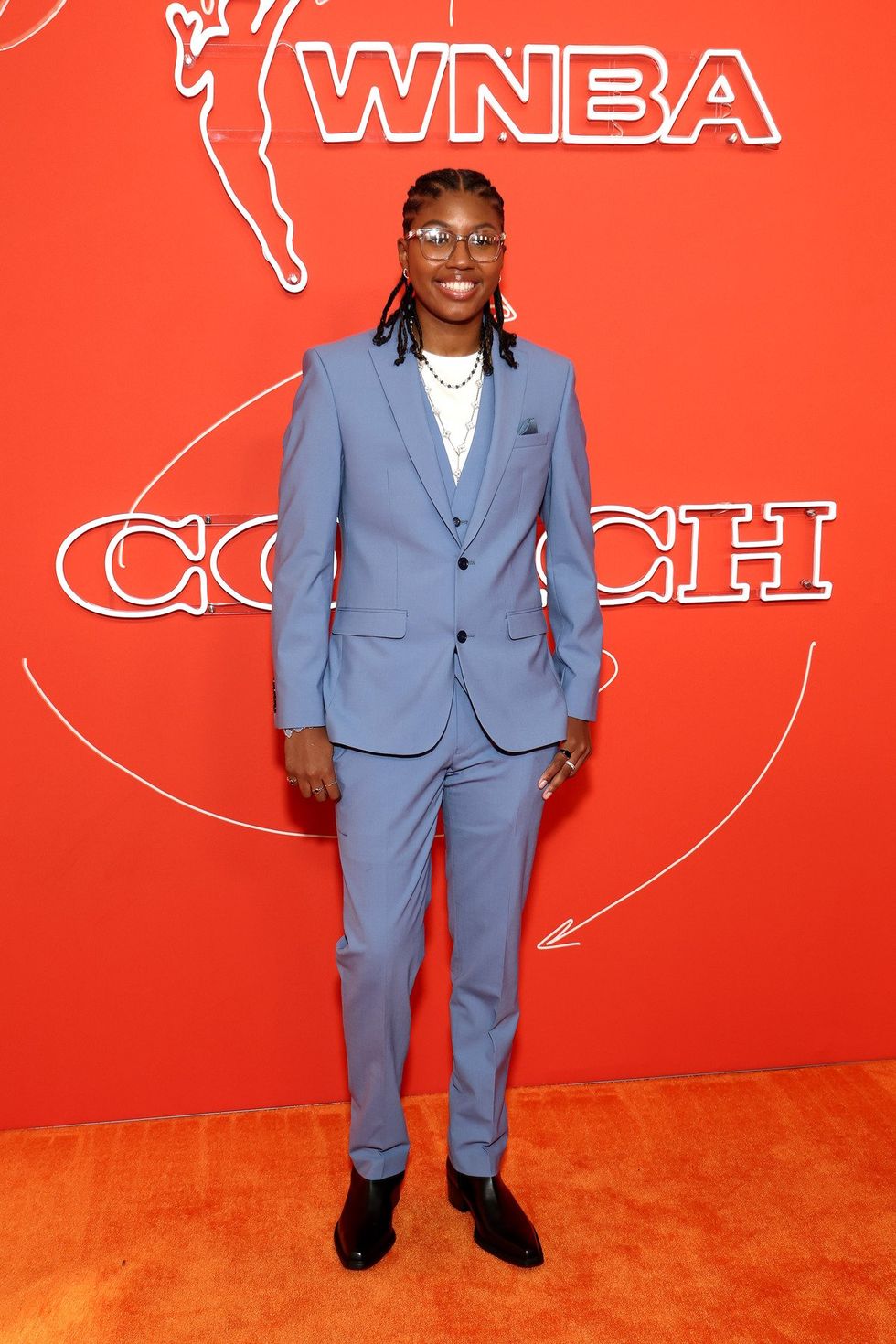The power, the freedom, the fun of a bike underneath you and your babe riding close behind. No, I’m not talking about revving up the Harley for a cruise down Santa Monica Boulevard but the wonderful experience of biking with a baby.
Biking is a great family outing for two moms and a baby, or two or more, and with the latest options in baby carriers, you don’t have to toss out your rad mountain bike for a granny comfort bike in order to cart a kid along.
Enjoy the Ride
“Biking is a great activity for moms and kids,” says Roxanne Harris, a professional nanny and director of SoCal Safety Group, an organization that teaches CPR, first aid and other safety practices to moms, child care providers and others.
Harris, who helps organize bike rides for moms and also helps manage her brother Joey’s bike shop, Spokes ‘n Stuff, in Los Angeles, says biking has many benefits for moms. “It’s not only great exercise for moms who can’t get to the gym as often as they’d like to, it’s also a perfect activity for those moms who miss hanging out with their pre-baby friends.”
Harris says that biking is one way that she has kept in touch with many of her friends who have had children, and she’s helped many mom gal pals gear up to get rolling.
Ready Set Go
“First comes safety,” says Harris. Though the legal age for bike passengers is one year in many jurisdictions, “A baby must also be strong enough to hold up his or her head while wearing a helmet.”
To ease a child into a helmet, Harris suggests having him or her to wear the helmet around the house when playing, and of course parents should always wear a helmet too as a good example.
Once you are geared up, make sure you have the needed provisions for your excursion. Pack a sippy cup, snacks and sunscreen along with the usual diapering supplies. To avoid distractions or a baby choking or dropping items that could get caught in the bike’s moving parts, always stop for refreshment breaks rather than attempt to snack and sip on the go.
Remember, while the exercise of cycling may keep you warm, your passenger will be less active and may need an extra layer of clothing. Make sure biking togs for you and your tot fit snuggly, as loose clothing could get tangled in the bike’s spokes.
More on next page...
\\\
(continued)
Out in Front
Center mount carriers which position a baby in front of you just behind the handle bars, such as the WeeRide Kangaroo LTD ($59.99, Toys R Us), are growing in popularity. These carriers, which can hold babies up to 40 pounds, have the advantage of close parent and child interaction and a panoramic view for the passenger. Additionally, the child’s weight in the front of the bike does not greatly affect the bike’s balance and operation.
The drawback to these type of carriers is that they may inhibit the ability of the parent to pedal normally or stand up over the bike when stopping, and older babies may grab the handle bars while in motion. Also, these carriers may not fit on all styles of bikes, such as certain mountain bikes, depending on the rise of the headset.
Bringing up the Rear
Baby seats that affix to the back of a bike behind the operator are the most common mounted carriers. The Topeak BabySeat ($179, Spokes ‘n Stuff, REI), is a model favored by Harris who rents bikes with these cushy and durable seats at Spokes ‘n Stuff. These carriers, which can carry a baby up to 40 pounds, offer a comfortable and secure ride, though some practice is needed to safely stop, mount and dismount due to the slight affect of the carrier on bike balance.
These carriers can be fitted on most bikes. Because a rider must step through versus swinging a leg over to get on a bike mounted with a baby seat, a women’s style or a bike with a low top tube will be easiest to access. The BabySeat integrates perfectly with Topeak’s sleek Jango Multi-Activity Bike ($1,195), which features custom-designed accessories, such as the Chopper Basket, ideal for baby supplies.
More on next page...
\\\
(continued)
Trailing Along
A terrific option for tooling around with kiddies in tow is a trailer, such as the comfy and stylish Burley d’lite ST ($599.99, REI), which hitches to just about any bike and can carry one or two passengers totaling up to 100 pounds. One handy advantage of a trailer is that little riders are enclosed in a roomy compartment which can shield them from the elements and accommodate toys and other amusements, which may mean longer rides, and maybe even naps.
The down side is that trailers ride low to the ground, which may restrict baby’s view, and parents can not communicate easily with kiddies, though a rear-view mirror can help parents keep an eye on them. Additionally, parents should use safety flags and extra caution if cycling along a roadside because automobiles may not be able to see a trailer behind a bike. Though trailers can fold up fairly compactly, they do require a large vehicle to transport.
Getting There
You’ve got the gear and the gumption, all you need now is to get to the bike path. If you are carting at least one bike mounted with a baby seat, consider the Yamkima HoldUp ($415, Sport Chalet, Bikology) designed for vehicles with a 2-inch hitch receiver. The super steady low-to-the-ground design accommodates many styles of bikes, can be lowered for rear vehicle access and is easy to load two bikes onto in under 10 seconds. You can add the HoldUp Plus 2 ($285) to carry two additional bikes.
More on next page...
\\\
(continued)
A simple and ultra lightweight aluminum rack is Thule’s 970 Helium 2-bike carrier ($329.95, REI) which can adapt for either 11/4-inch or 2-inch hitch receivers. The cradle arms easily accommodate women’s and kids bikes, and with minimal effort the rack can be installed and taken off the car when not in use. A hitch switch allows the rack to be lowered for quick access to the rear of the vehicle.
Before You Go
With any carrier, try riding without a child first. Use sandbags or books to add weight to the carrier, and practice mounting, dismounting, stopping, starting and turning. Only ride with the child in the carrier when you feel comfortable and in control of the bike.
Never ride with a baby in a sling or backpack as this significantly changes the bike operator’s center of balance and increases the likelihood of falls and serious injury in the event of an accident.
An experienced bike shop mechanic should mount carriers to make sure they are properly and safety installed. Parents should review with the shop how to adjust, remove and re-attach carriers. Parents then need to regularly check bolts and other fasteners that can come loose with use. As a rule, you will get what you pay for in bike equipment, so spend a little extra for quality gear that will not only last longer but be safer in the long run.
Begin with a short ride of an hour or less so that babies get used to riding. If they take to it right away, you can build up to a longer ride of one to two hours or more. Check out your local park Web sites for trails that are designated for bikes only and are paved and flat.
“Make a day of your ride,” Harris says. “Take along a picnic lunch and just enjoy getting out and being with the kids and friends.”
Find more from Pearson here!


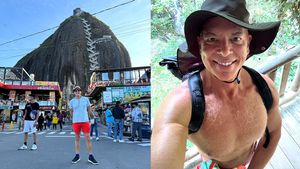













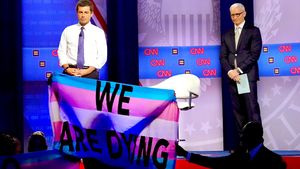










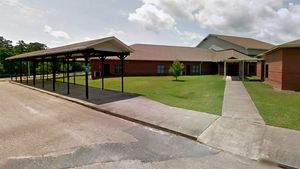


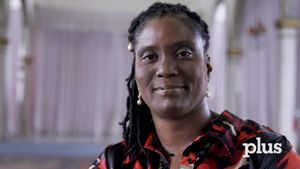


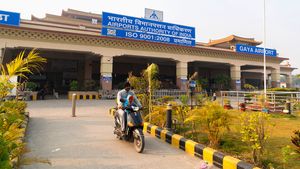



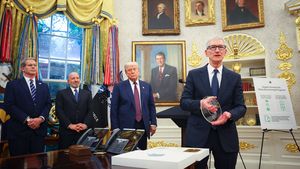
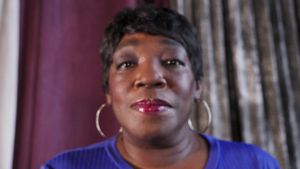









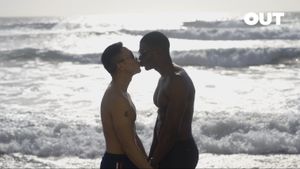













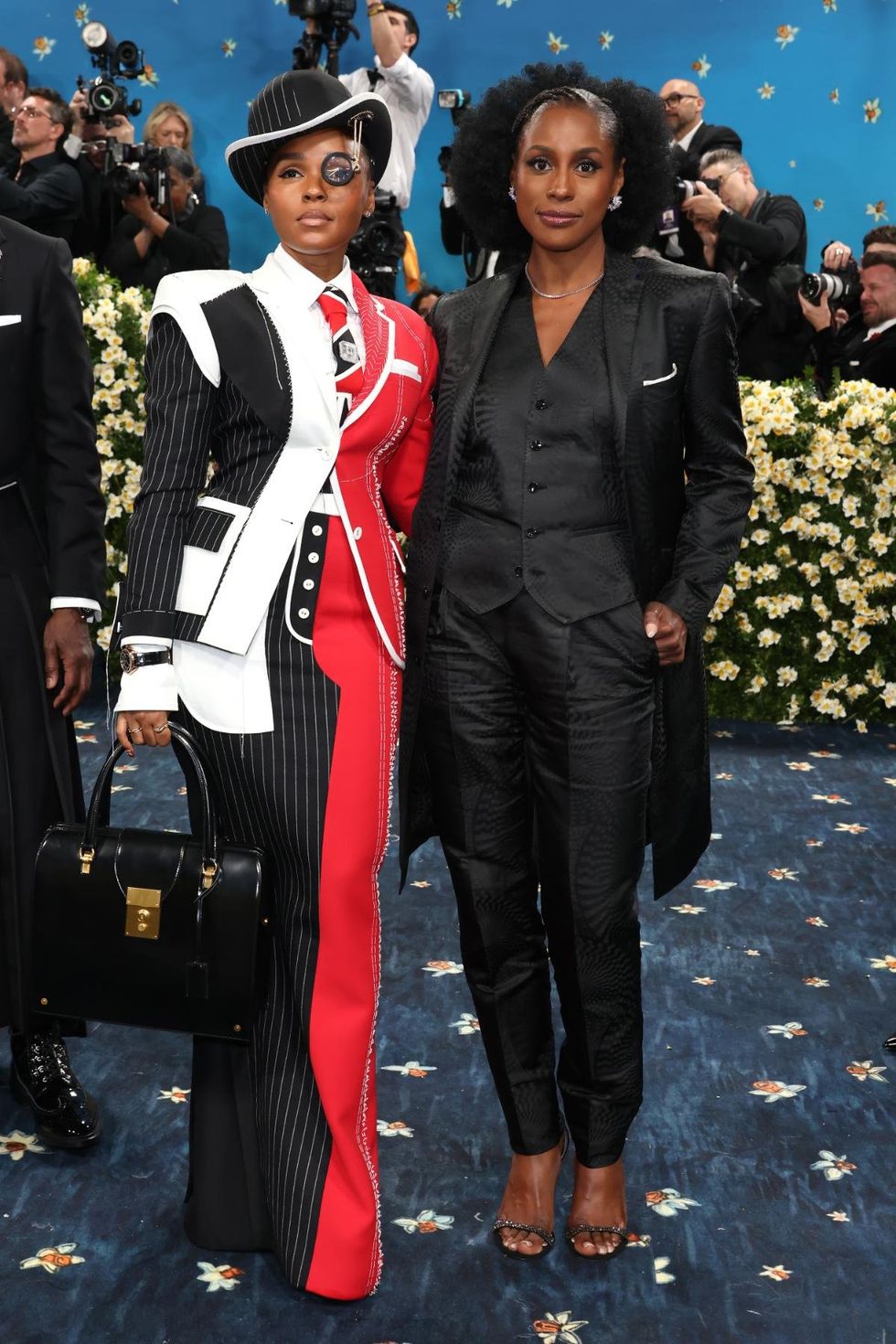






























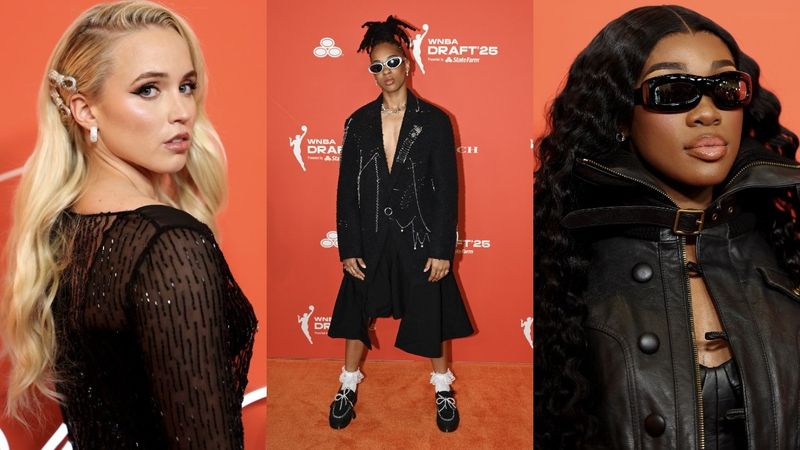
 Cindy Ord/Getty Images
Cindy Ord/Getty Images